Contact us
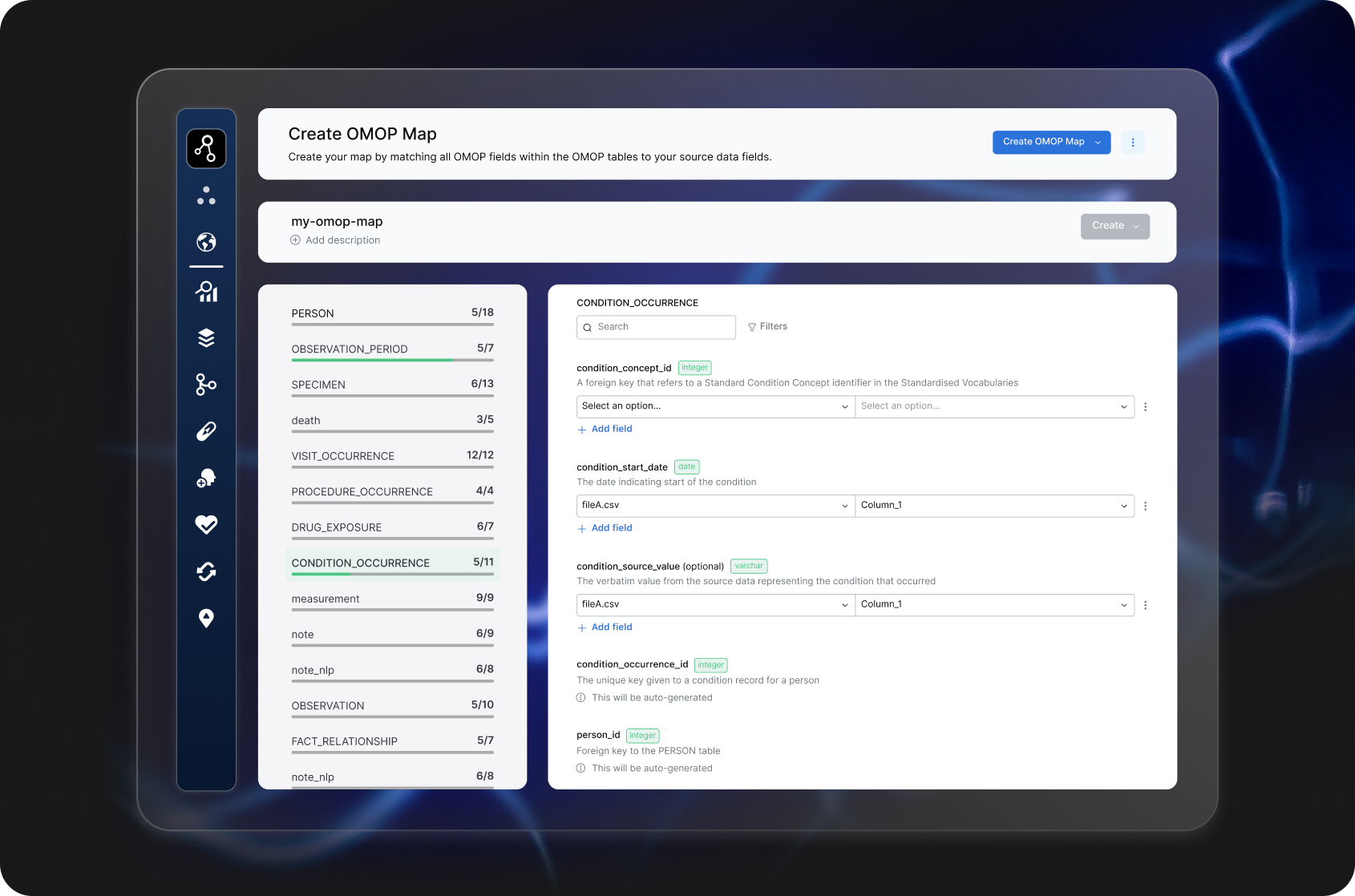
What is a biomedical Data Lakehouse?
A biomedical data lakehouse is a powerful data platform designed to unify diverse health dataset —including clinical, multi-omics, imaging, and sensor data, among others—into a single, accessible environment. Tailored for the unique needs of health and biomedical research, it supports seamless data retrievals, QA/QC, de duplication, de-identification, linkage, harmonization and organization, making data both discoverable and ready for use.
Researchers gain a secure, high-performance environment where data is cataloged, searchable, and readily prepared for analysis within a Trusted Research Environment, accelerating insights while maintaining strict data governance.
-1.png?width=600&height=340&name=lakehouse%20img%20(1)-1.png)
Why lifebit?
The only lakehouse purpose-built for biomedical data
Only Lakehouse to seamlessly fetch EHR & NGS data
Connecting to and retrieving data from major EHRs like Epic, Cerner, and MedTech, as well as NGS providers and on-site sequencing facilities, Lifebit’s Lakehouse enables secure, flexible data access across extensive U.S. and global healthcare networks.
Fast, specialized data harmonization & product creation
Lifebit is trusted by top pharma and data providers for creating data products at scale. With industry-leading expertise in harmonizing to data models such as OMOP, linking and cataloging data, Lifebit has proven efficiencies across a global data network of over 250M patient datasets.
Compliant with the latest FDA RWE Requirements
Lifebit’s Trusted Data Lakehouse™ is the only lakehouse to meet stringent FDA real-world evidence guidelines, offering complete data lineage and provenance with each retrieval. Full audit trails ensure compliance and give users transparency to meet FDA standards.
Impact
Speed up the creation and management of
your biomedical data products
with Lifebit’s Trusted Data Lakehouse
FASTER DATA-PRODUCTS
2 hours
to fetch, link, QA, harmonize and catalog multimodal biomedical data.
FDA COMPLIANT
100%
Compliant with FDA data lineage & retrieval regulations.
SAVE COSTS
Up to 90%
savings on data product creation through improved productivity.
How it works
Effortless and compliant data integration, standardization and cataloging
- 1. Create the organisation and workspace
-
The process begins by setting up a new organization or selecting an existing one. Data administrators then create the primary workspace where data access is managed and organized. During this setup, admins specify essential details, such as AWS settings, to ensure secure integration with the data infrastructure.
- 2. Connect and set up existing data sources
-
Data administrators define the retrieval methods and frequency (e.g., real-time, daily, weekly) for data connections. Lifebit’s Trusted Data Lakehouse™ supports multiple retrieval options, including Batch, EHR integration (e.g., Epic, Cerner), Batch FHIR, NGS system integration (e.g., Tempus, Foundation Medicine), and Direct Database Connection.
- 3. Perform QA, data cleaning, and harmonization
-
Data is standardized to common data models, such as OMOP, using Lifebit’s proprietary AI automation for EHR data. NGS data is transformed from formats like FASTQ to annotated, prioritized VCF, allowing seamless downstream analysis. Lifebit integrates with leading tools like DRAGEN, Parabricks, Sentieon, and GATK to ensure high-quality, interoperable datasets that are ready for analysis.
- 4. Catalog data to establish a single source of truth
-
All standardized data is securely cataloged within Lifebit’s platform, featuring advanced search, audit trails, and data lineage. Role-based access control ensures that researchers can easily access, query, and retrieve data compliantly. This comprehensive catalog simplifies data reuse and supports reproducible research and future discoveries.
- 5. Assess data for study readiness
-
Lifebit’s Trusted Data Lakehouse™ automates quality assessments, data cleaning, de-duplication, and de-identification, allowing users to confirm that data meets fit-for-purpose criteria.
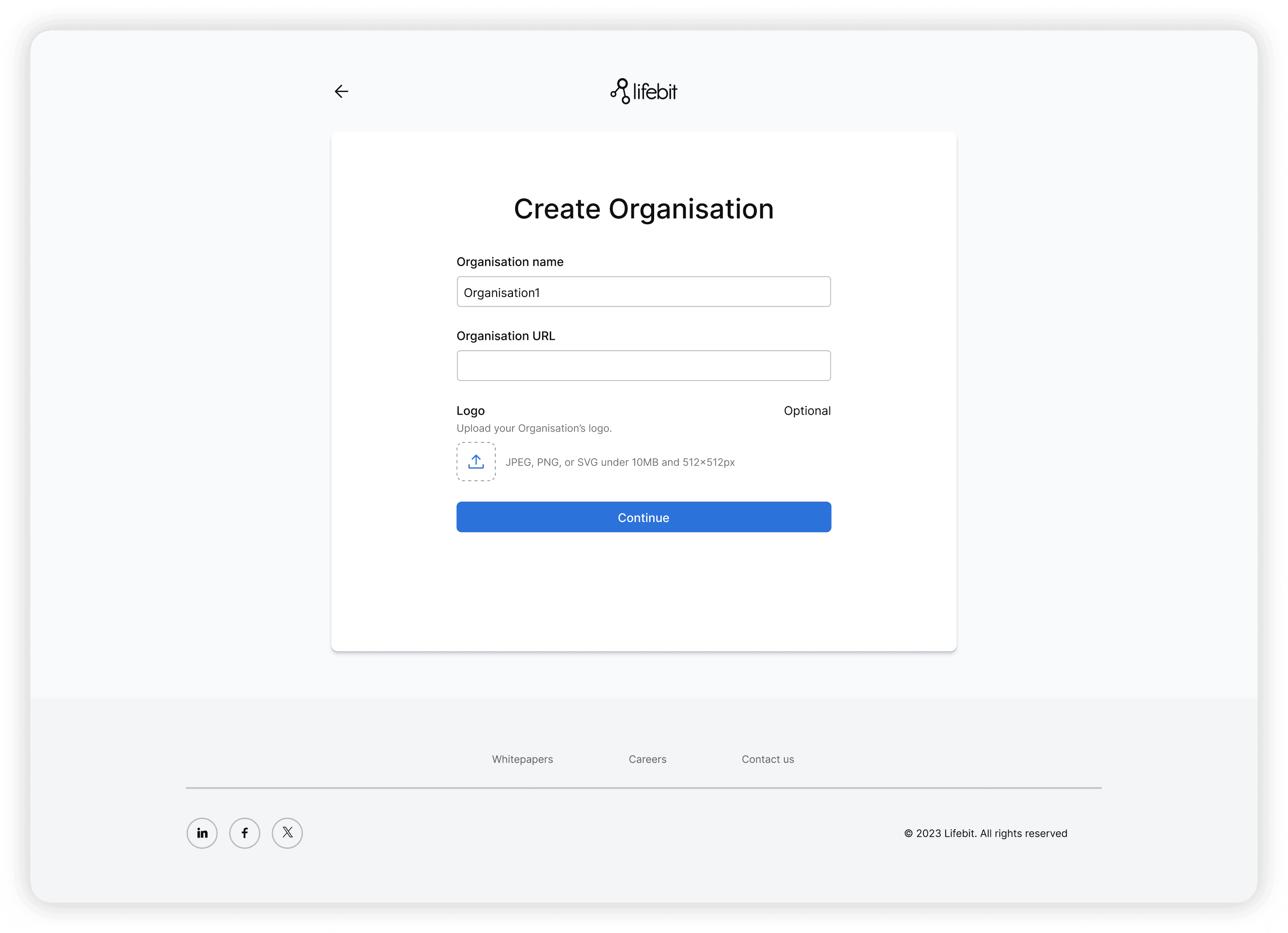
- 1. Create the organisation and workspace
-

The process begins by setting up a new organization or selecting an existing one. Data administrators then create the primary workspace where data access is managed and organized. During this setup, admins specify essential details, such as AWS settings, to ensure secure integration with the data infrastructure.
- 2. Connect and set up existing data sources
-
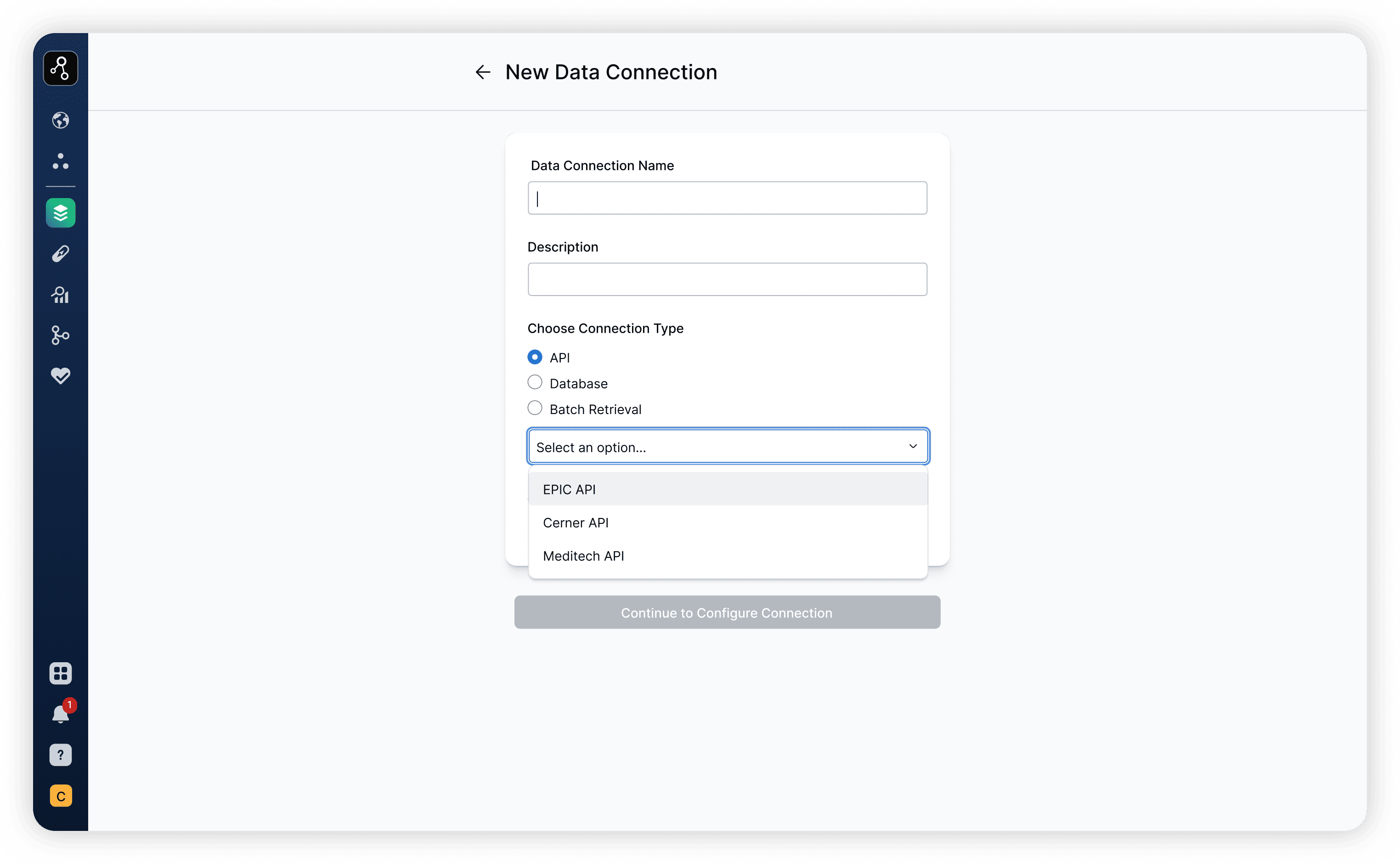
Data administrators define the retrieval methods and frequency (e.g., real-time, daily, weekly) for data connections. Lifebit’s Trusted Data Lakehouse™ supports multiple retrieval options, including Batch, EHR integration (e.g., Epic, Cerner), Batch FHIR, NGS system integration (e.g., Tempus, Foundation Medicine), and Direct Database Connection.
- 3. Perform QA, data cleaning, and harmonization
-
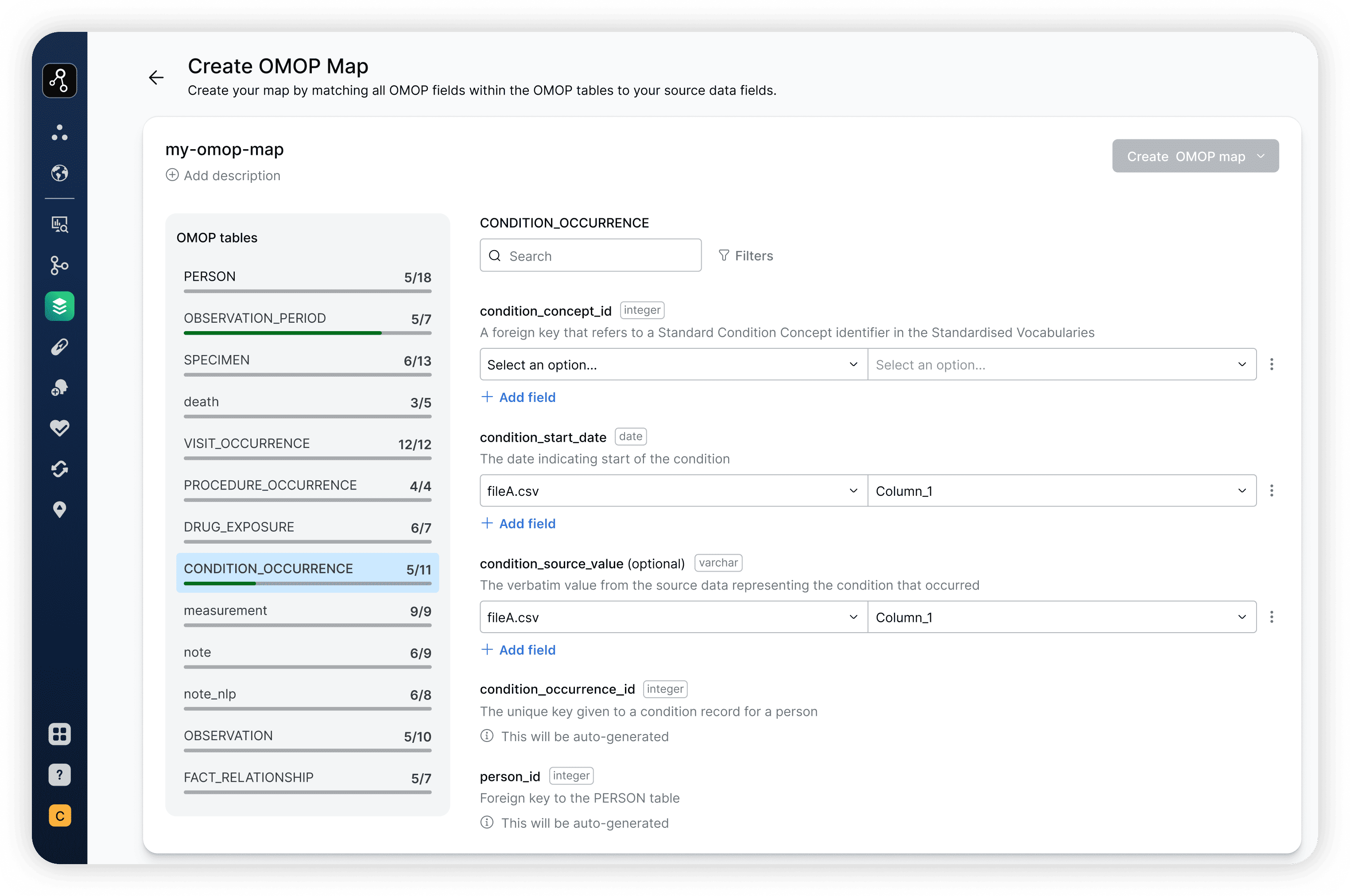
Data is standardized to common data models, such as OMOP, using Lifebit’s proprietary AI automation for EHR data. NGS data is transformed from formats like FASTQ to annotated, prioritized VCF, allowing seamless downstream analysis. Lifebit integrates with leading tools like DRAGEN, Parabricks, Sentieon, and GATK to ensure high-quality, interoperable datasets that are ready for analysis.
- 4. Catalog data to establish a single source of truth
-
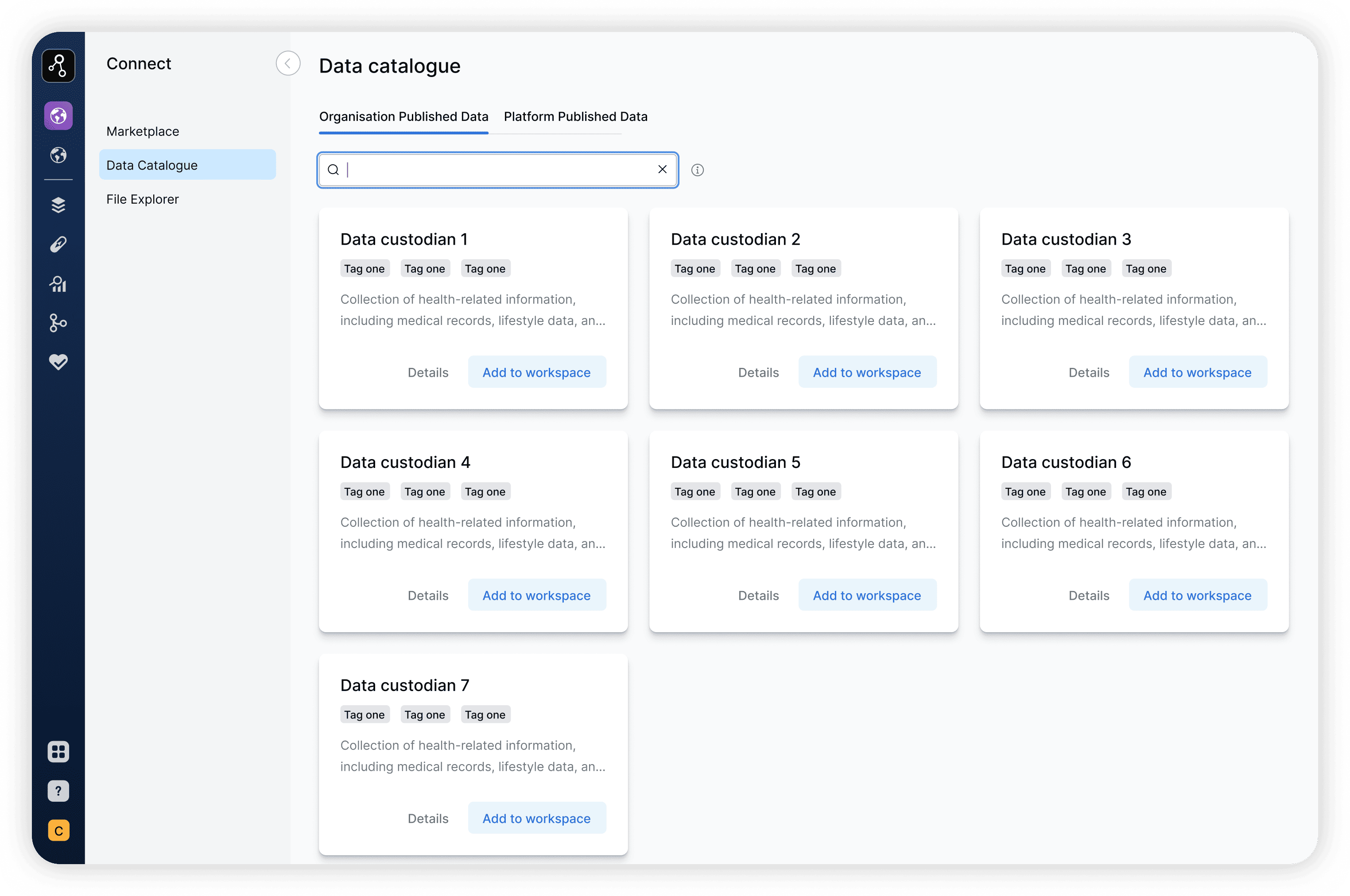
All standardized data is securely cataloged within Lifebit’s platform, featuring advanced search, audit trails, and data lineage. Role-based access control ensures that researchers can easily access, query, and retrieve data compliantly. This comprehensive catalog simplifies data reuse and supports reproducible research and future discoveries.
- 5. Assess data for study readiness
-

Lifebit’s Trusted Data Lakehouse™ automates quality assessments, data cleaning, de-duplication, and de-identification, allowing users to confirm that data meets fit-for-purpose criteria.
Featured news and events
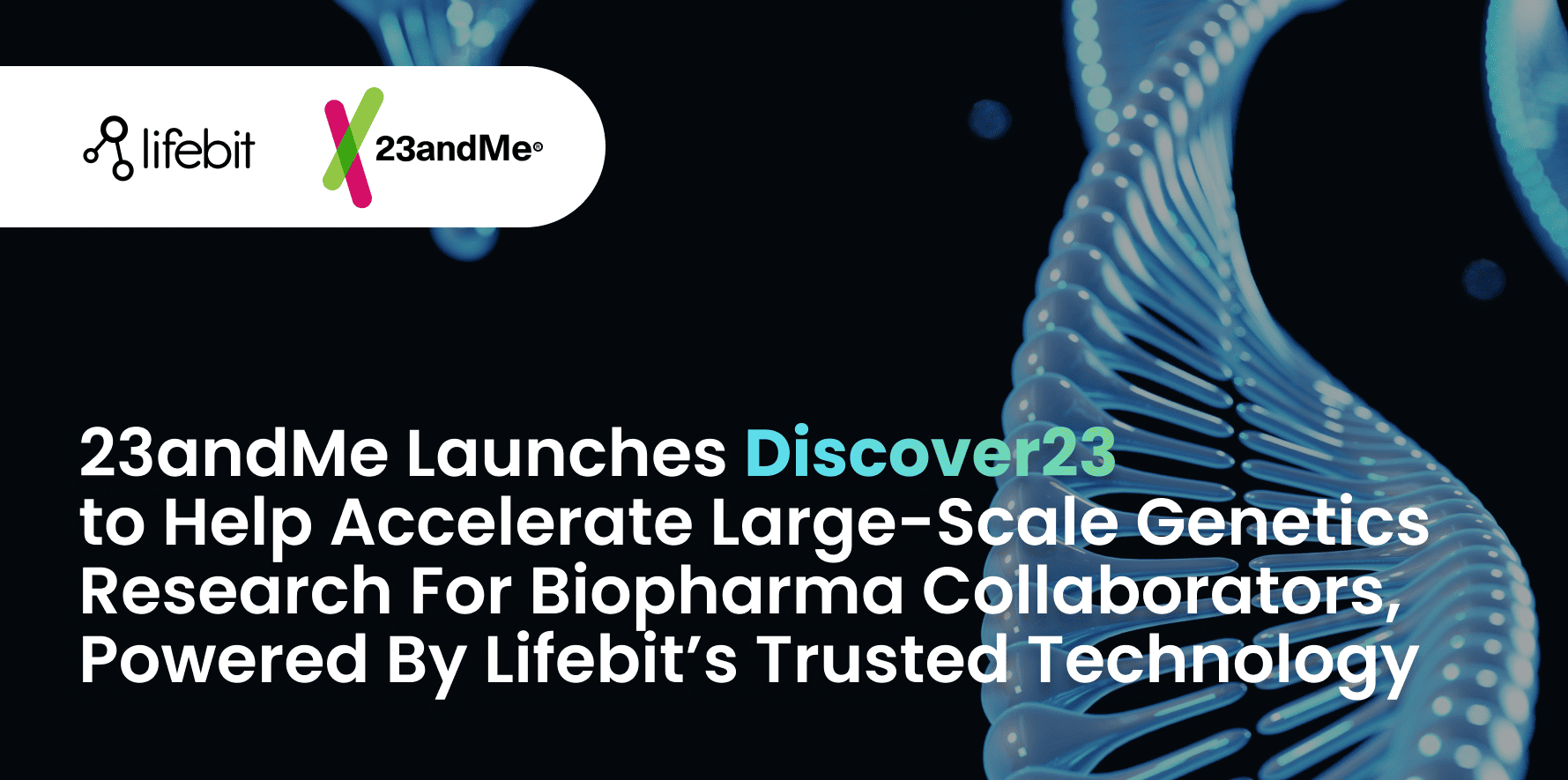
2025-01-08 13:58:41
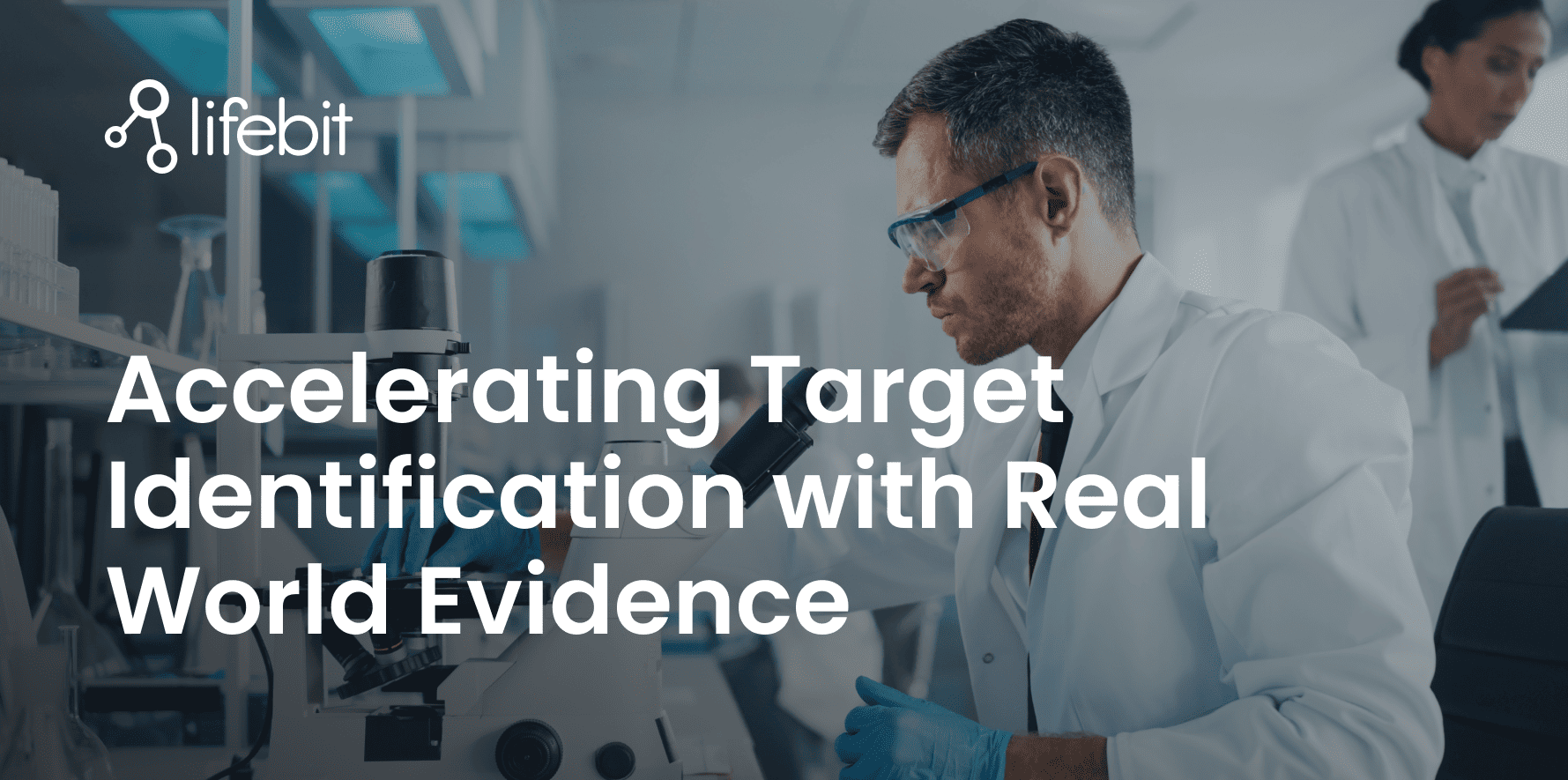
2024-12-06 15:53:10
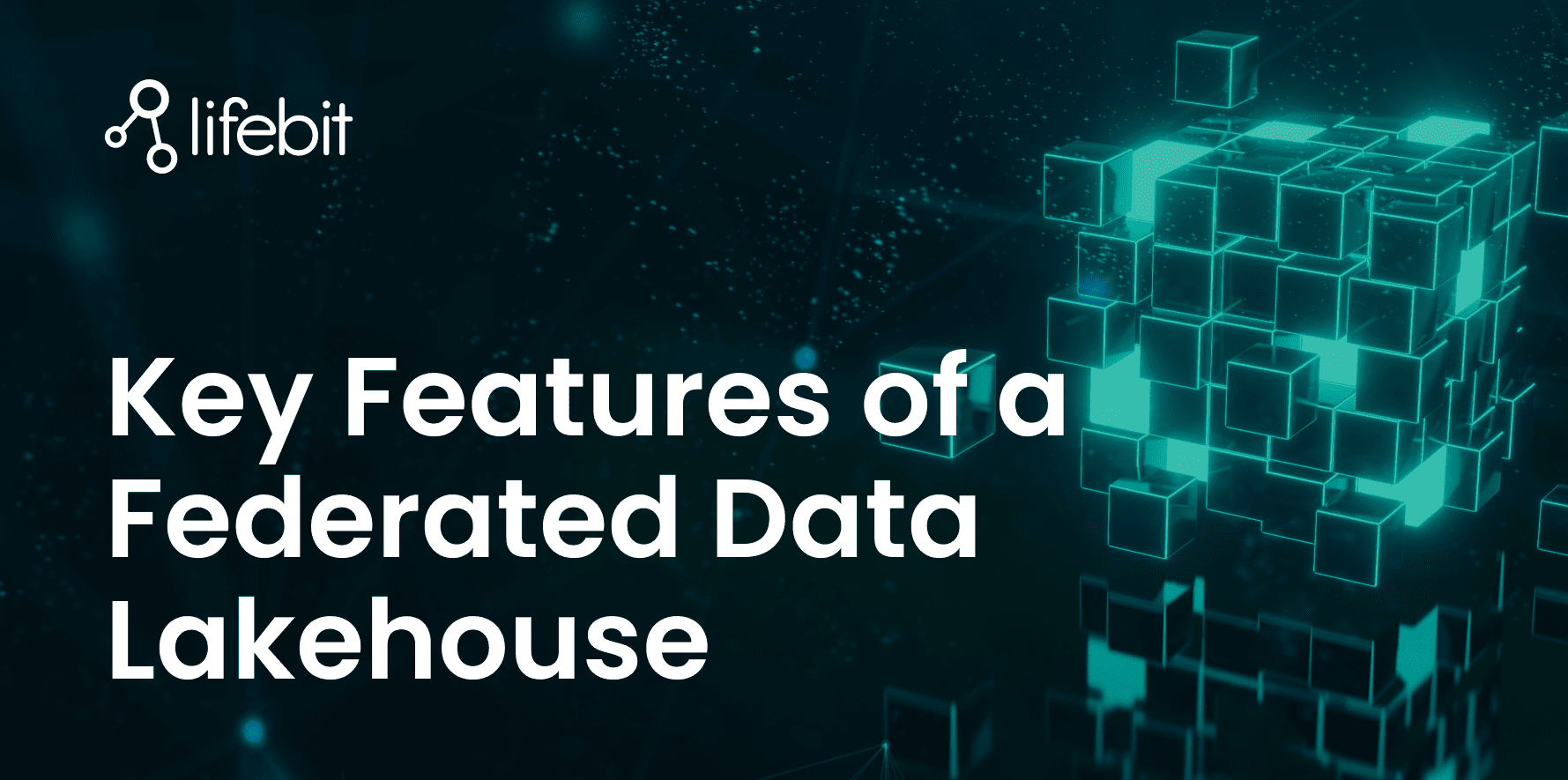
2024-11-27 12:35:34
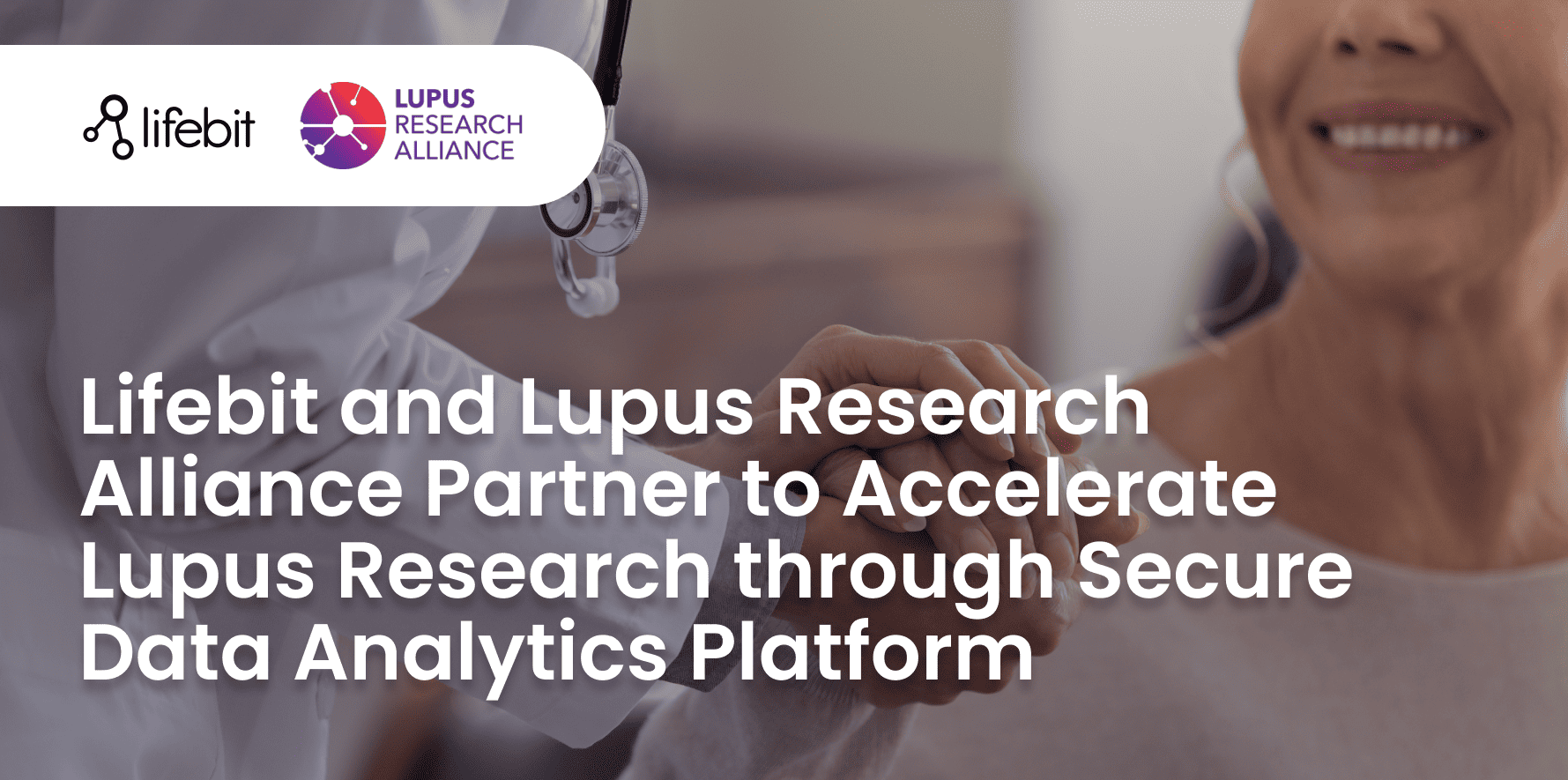
2024-11-27 09:15:04
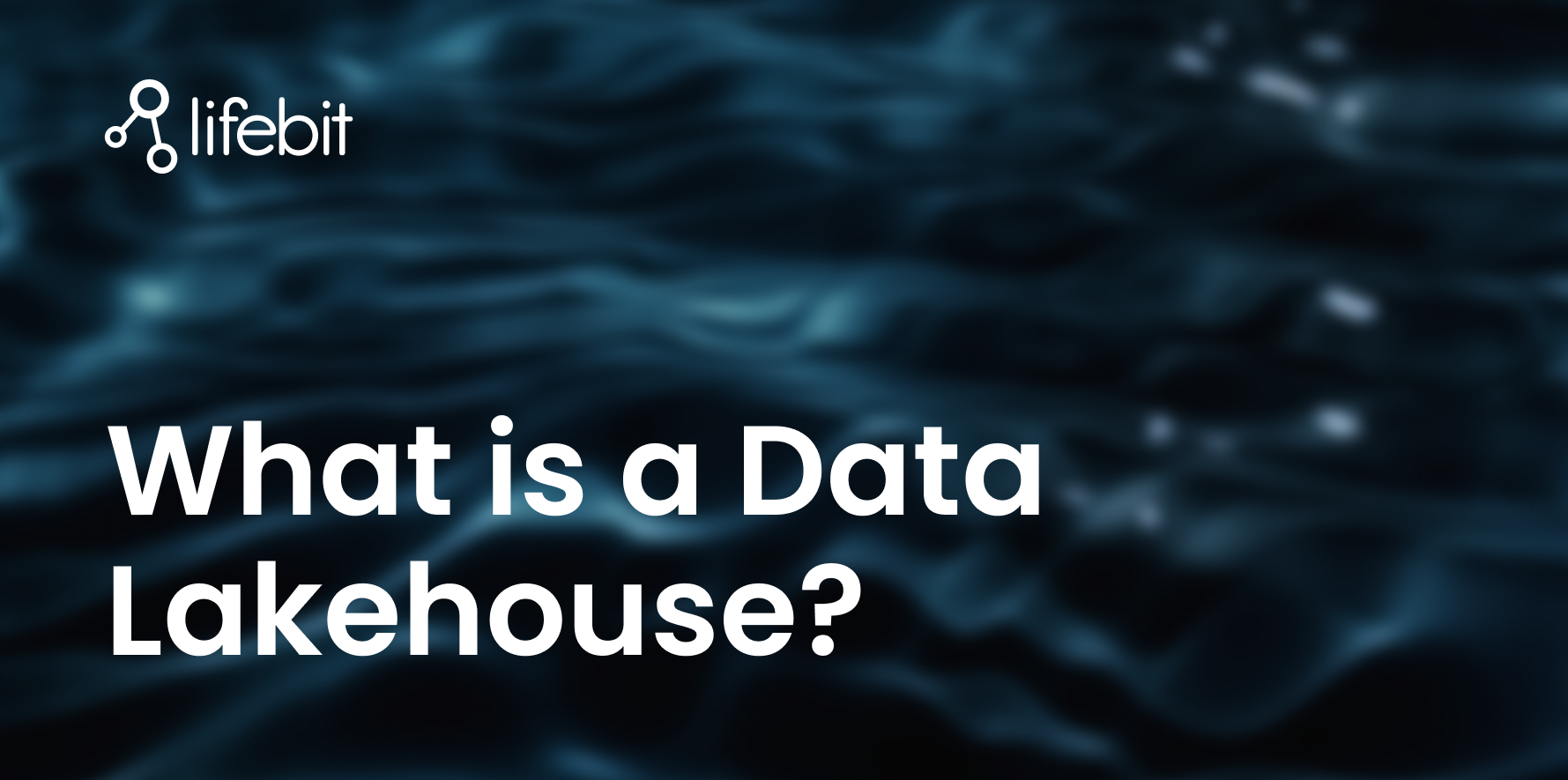
2024-11-20 09:41:45

2024-10-08 13:00:00
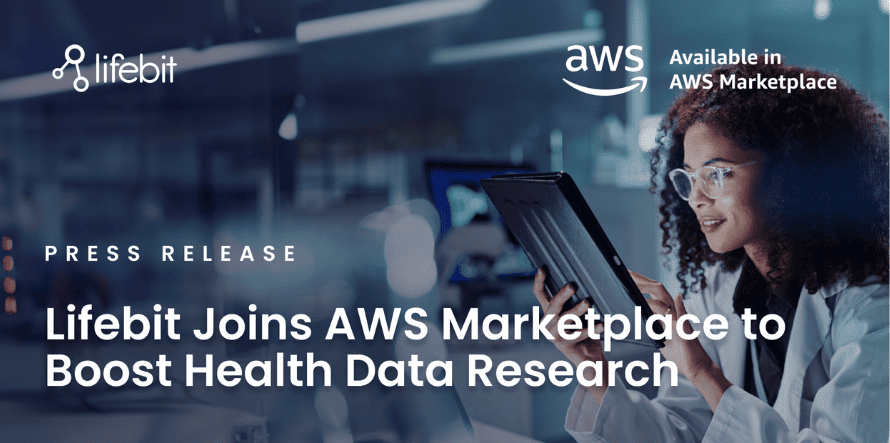
2024-10-04 12:00:00
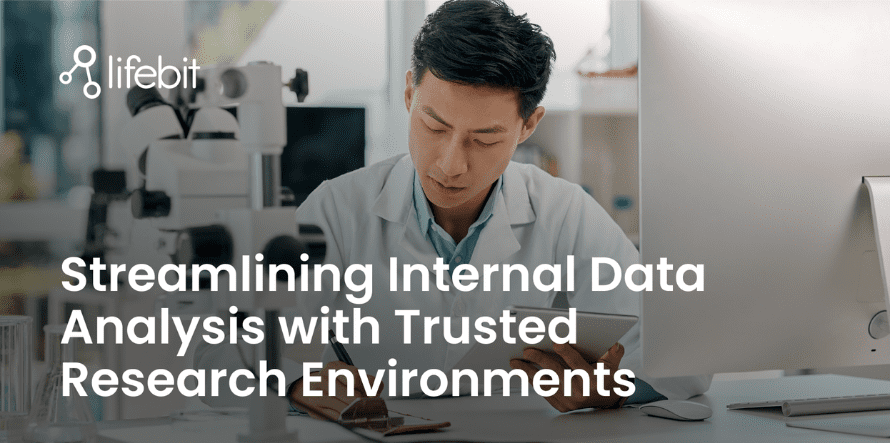
2024-09-24 08:28:11
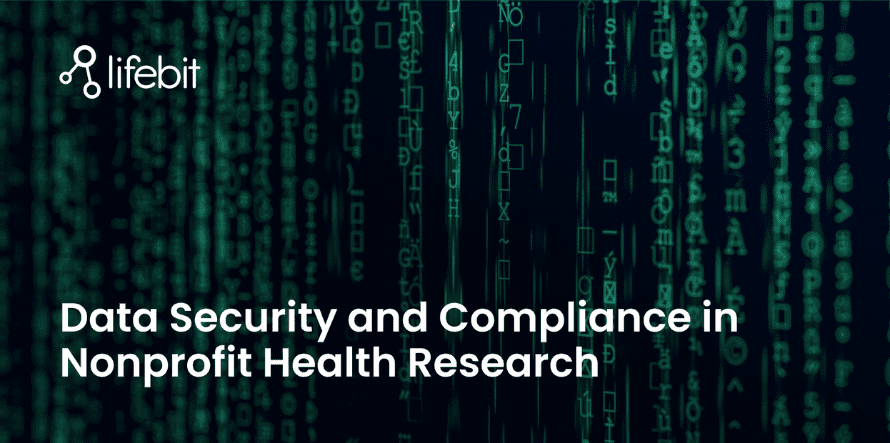
2024-09-19 11:24:21
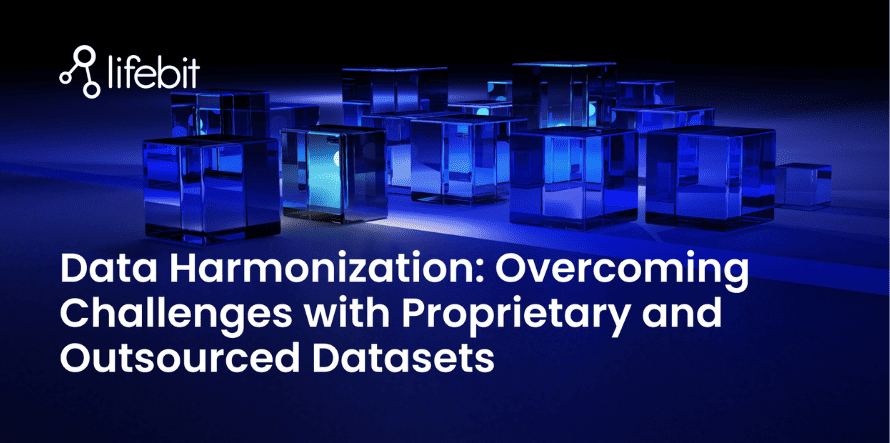
2024-09-18 11:30:00
Ready to maximize the value of your data?
Contact Lifebit today and discover how our federated solutions can power your data.
FAQ
- What types of data does the Trusted Data Lakehouse™ support?
-
Lifebit’s Federated Trusted Data Lakehouse™ supports a wide variety of biomedical data types, including EHR (Electronic Health Records), NGS (Next-Generation Sequencing) data, imaging, and multi-omics data. It seamlessly integrates structured and unstructured data, including FASTQ, VCF, and clinical data, transforming them to harmonized formats like OMOP for easy analysis.
- How does the Trusted Data Lakehouse™ ensure data security and compliance?
-
Lifebit’s Trusted Data Lakehouse™ maintains compliance with FDA and other regulatory guidelines through a built-in audit trail, secure data lineage, and privacy-preserving technologies. Data remains within each provider's environment, accessible only through controlled, permissioned access, and secure Airlock™ protocols ensure that any data exports are reviewed and approved.
- Can the Trusted Data Lakehouse™ integrate with multiple data sources and EHR systems?
-
Yes, the Trusted Data Lakehouse™ can integrate data from multiple EHR systems, such as Epic, Cerner, and Meditech, and NGS providers like Tempus and Foundation Medicine. The platform supports various data retrieval methods, including API, Batch, FHIR, and direct database connections, allowing flexible data integration tailored to each organization’s systems and requirements.
- What are the benefits of a federated setup compared to traditional centralized data lakes?
-
A federated setup enables data to remain at its source, reducing risks associated with data movement, improving security, and maintaining data sovereignty. Researchers and analysts can access and query data across multiple sites without centralizing it, providing a seamless and compliant solution that also lowers infrastructure and maintenance costs.
- How is data standardized in Lifebit's Trusted Data Lakehouse™?
-
The Lakehouse transforms diverse data types into standardized formats, through common data models such as OMOP for EHR and clinical data and formats like VCF for genomic data. This standardization allows data from different sources to be combined and analyzed cohesively, providing a unified view of multimodal data across sites for more meaningful insights.
- Can the Trusted Data Lakehouse™ perform real-time data retrieval and analysis?
-
Yes, the Lakehouse is equipped for real-time data retrieval and analysis, supporting time-sensitive research needs. Depending on the retrieval method (e.g., API, Batch FHIR), data is automatically harmonized and prepared for immediate use, enabling quick decision-making without delays.
- How does Lifebit support data harmonization for complex multimodal data?
-
Lifebit’s platform uses advanced AI-driven pipelines to harmonize complex multimodal data, such as NGS and EHR. It integrates tools like DRAGEN, Parabricks, Sentieon, and GATK for genomic data, ensuring high-quality data transformation and seamless integration into common data models.
- Can users create cohorts and run analyses directly within the Trusted Data Lakehouse™?
-
Absolutely. Users can access harmonized datasets and build custom cohorts within seconds using Lifebit’s intuitive interface. Advanced analytics, including GWAS, VEP, and PRS, are accessible within the platform, with support for JupyterLab, RStudio, and other tools to enable in-depth research and discovery.
- How does the Trusted Data Lakehouse™ handle data lineage and audit requirements?
-
Lifebit’s Lakehouse provides a full data lineage with acquisition timestamps, methods, and provenance details for each dataset, ensuring compliance with FDA and other regulatory standards. Users have access to detailed audit trails for every step in the data lifecycle, making the Lakehouse a reliable, compliant solution for real-world evidence generation and data-driven insights.
FAQ
- What types of data does the Trusted Data Lakehouse™ support?
-
Lifebit’s Federated Trusted Data Lakehouse™ supports a wide variety of biomedical data types, including EHR (Electronic Health Records), NGS (Next-Generation Sequencing) data, imaging, and multi-omics data. It seamlessly integrates structured and unstructured data, including FASTQ, VCF, and clinical data, transforming them to harmonized formats like OMOP for easy analysis.
- How does the Trusted Data Lakehouse™ ensure data security and compliance?
-
Lifebit’s Trusted Data Lakehouse™ maintains compliance with FDA and other regulatory guidelines through a built-in audit trail, secure data lineage, and privacy-preserving technologies. Data remains within each provider's environment, accessible only through controlled, permissioned access, and secure Airlock™ protocols ensure that any data exports are reviewed and approved.
- Can the Trusted Data Lakehouse™ integrate with multiple data sources and EHR systems?
-
Yes, the Trusted Data Lakehouse™ can integrate data from multiple EHR systems, such as Epic, Cerner, and Meditech, and NGS providers like Tempus and Foundation Medicine. The platform supports various data retrieval methods, including API, Batch, FHIR, and direct database connections, allowing flexible data integration tailored to each organization’s systems and requirements.
- What are the benefits of a federated setup compared to traditional centralized data lakes?
-
A federated setup enables data to remain at its source, reducing risks associated with data movement, improving security, and maintaining data sovereignty. Researchers and analysts can access and query data across multiple sites without centralizing it, providing a seamless and compliant solution that also lowers infrastructure and maintenance costs.
- How is data standardized in Lifebit's Trusted Data Lakehouse™?
-
The Lakehouse transforms diverse data types into standardized formats, through common data models such as OMOP for EHR and clinical data and formats like VCF for genomic data. This standardization allows data from different sources to be combined and analyzed cohesively, providing a unified view of multimodal data across sites for more meaningful insights.
- Can the Trusted Data Lakehouse™ perform real-time data retrieval and analysis?
-
Yes, the Lakehouse is equipped for real-time data retrieval and analysis, supporting time-sensitive research needs. Depending on the retrieval method (e.g., API, Batch FHIR), data is automatically harmonized and prepared for immediate use, enabling quick decision-making without delays.
- How does Lifebit support data harmonization for complex multimodal data?
-
Lifebit’s platform uses advanced AI-driven pipelines to harmonize complex multimodal data, such as NGS and EHR. It integrates tools like DRAGEN, Parabricks, Sentieon, and GATK for genomic data, ensuring high-quality data transformation and seamless integration into common data models.
- Can users create cohorts and run analyses directly within the Trusted Data Lakehouse™?
-
Absolutely. Users can access harmonized datasets and build custom cohorts within seconds using Lifebit’s intuitive interface. Advanced analytics, including GWAS, VEP, and PRS, are accessible within the platform, with support for JupyterLab, RStudio, and other tools to enable in-depth research and discovery.
- How does the Trusted Data Lakehouse™ handle data lineage and audit requirements?
-
Lifebit’s Lakehouse provides a full data lineage with acquisition timestamps, methods, and provenance details for each dataset, ensuring compliance with FDA and other regulatory standards. Users have access to detailed audit trails for every step in the data lifecycle, making the Lakehouse a reliable, compliant solution for real-world evidence generation and data-driven insights.

